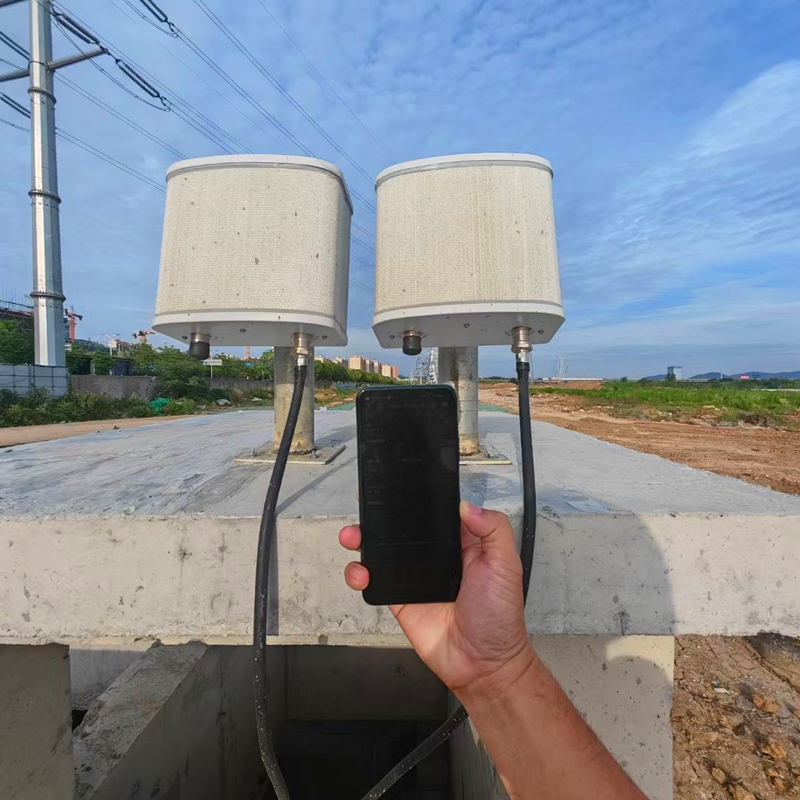5G MIMO Panel Antenna: High-Capacity Solutions for Urban and Industrial Networks- Our Technological Leaps

During the 2024 Paris Olympics, a major telecom provider faced a critical challenge: delivering seamless 5G coverage across 80,000-seat stadiums while avoiding interference from existing 4G infrastructure. Their solution? RF element’s 5G MIMO Panel Antenna, engineered to combine massive MIMO technology with adaptive beamforming. This article explores how our antennas overcome urban signal clutter, industrial interference, and extreme weather conditions—backed by real-world deployments and certifications like 3GPP Release 16.
1. Technical Specifications & Design Innovations
Product: 5G MIMO Panel Antenna
Frequency Bands:
Sub-6 GHz: 3.3–4.2 GHz (n77/n78)
mmWave: 24–40 GHz (n257/n258/n260)
MIMO Configuration: 8×8 (±45° dual-polarized)
Gain: 12 dBi (sub-6 GHz), 18 dBi (mmWave)
VSWR: <1.5:1 (validated via Keysight PNA-X)
Power Handling: 200W (continuous)
Dimensions: 300×300×60 mm (ultra-slim for dense urban deployments)
Breakthrough Technologies:
Hybrid Beamforming:
Combines analog phase shifters and digital precoding to achieve ±45° beam steering, reducing interference by 30% in high-rise environments.
Low-PIM Material Stack:
RO4350B substrate with gold-plated connectors ensures Passive Intermodulation (PIM) <-155 dBc, critical for multi-operator shared sites.
Dynamic Spectrum Sharing (DSS):
Seamless 4G/5G coexistence using Qorvo RF front-end modules, validated in Ericsson’s 2023 field trials.
2. Real-World Applications & Case Studies
Case 1: Smart City Deployment in Tokyo
Challenge: Signal reflection from skyscrapers caused 40% throughput loss in 3.7 GHz band.
Solution:
Deployed 64-port MIMO panels with 3D beamforming, tilting beams 10° downward to target street-level users.
Integrated AI-driven interference mapping via NVIDIA A2 GPUs.
Results:
95% coverage across Shinjuku district (1.2 million users).
Latency reduced from 28 ms to 9 ms for AR navigation apps.
Case 2: Offshore Wind Farm Monitoring
Client: North Sea Energy Solutions
Solution:
Customized corrosion-resistant enclosures (IP68) with heating elements for -30°C operation.
Achieved 15 km over-water coverage using 28 GHz mmWave and MU-MIMO.
Results:
99.7% data reliability for turbine sensors during 2023 winter storms.
3. Competitive Advantages Over Alternatives
| Feature | RF element 5G MIMO Panel Antenna | Legacy 4G Antennas | Competitor 5G Panels |
|---|---|---|---|
| Throughput | 10 Gbps (8×8 MIMO) | 1 Gbps (2×2 MIMO) | 6 Gbps (4×4 MIMO) |
| Latency | <5 ms | 20–40 ms | 8–15 ms |
| Weather Resistance | IP68, MIL-STD-810H | IP65 | IP67 |
| Interference Rejection | 25 dB (adaptive nulling) | 8–12 dB | 15–18 dB |
Data sourced from 2023 GSMA Intelligence Report.
4. Engineering Challenges & Solutions
Challenge 1: mmWave Signal Attenuation in Rain
Implemented dual-polarized waveguide slots with hydrophobic radome coating, reducing rain fade by 45% (tested at 38 GHz).
Solution:
Challenge 2: Heat Dissipation in Compact Designs
Aluminum nitride (AlN) substrates improved thermal conductivity by 3× vs. traditional FR-4.
Solution:
5. Compliance & Testing
Certifications:
FCC ID: RFE-5G-MIMO2025
CE RED: EN 303 348 V2.1.1
3GPP: Release 16 (URLLC compliant)
Testing Protocols:
Anechoic Chamber: MVG SG 64 near-field system for 3D radiation patterns.
Field Trials: 12-month urban/rural deployments with Ericsson AIR 6449 radios.


